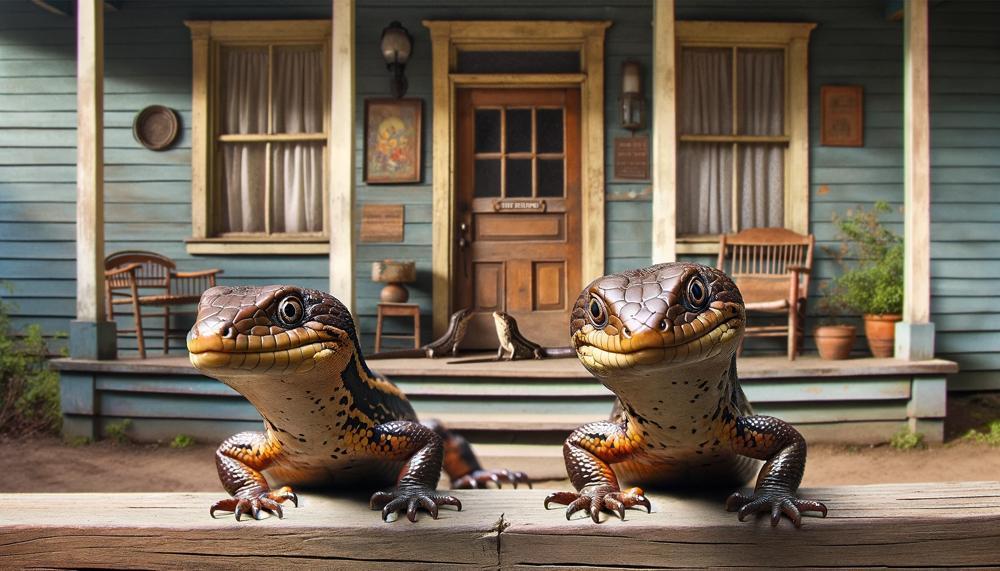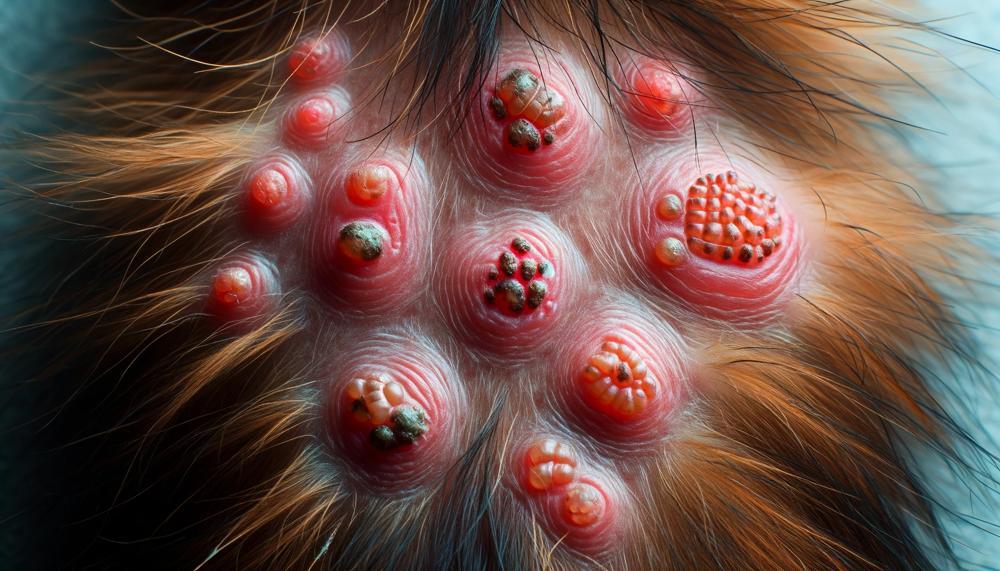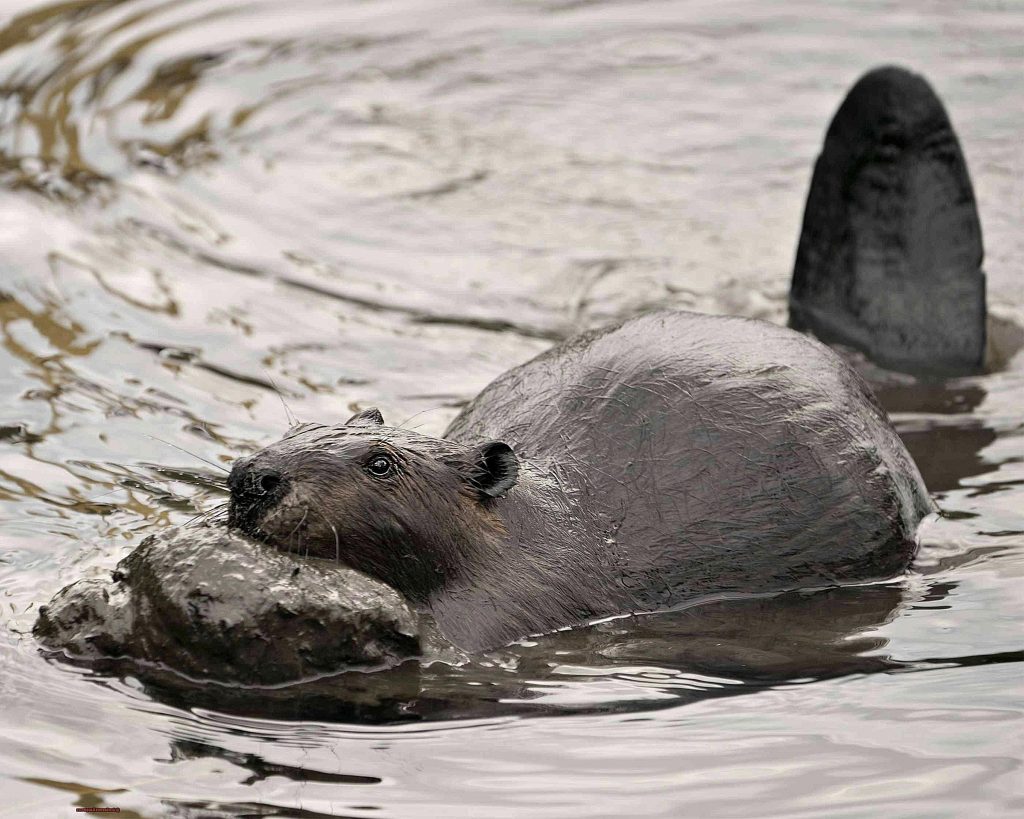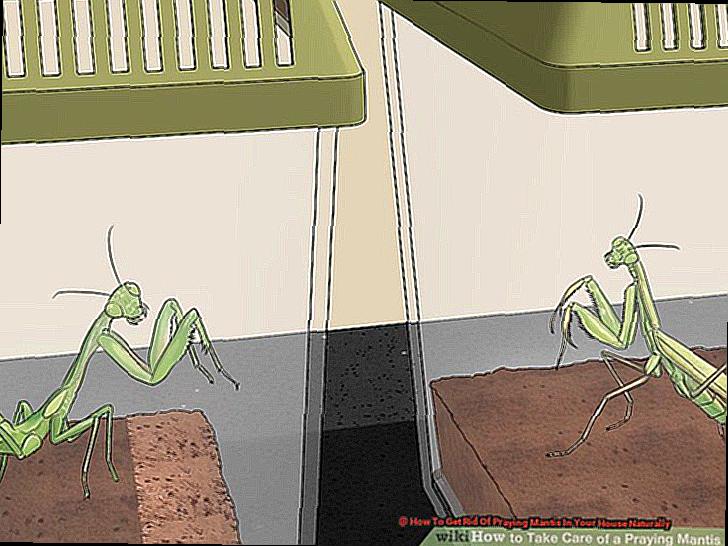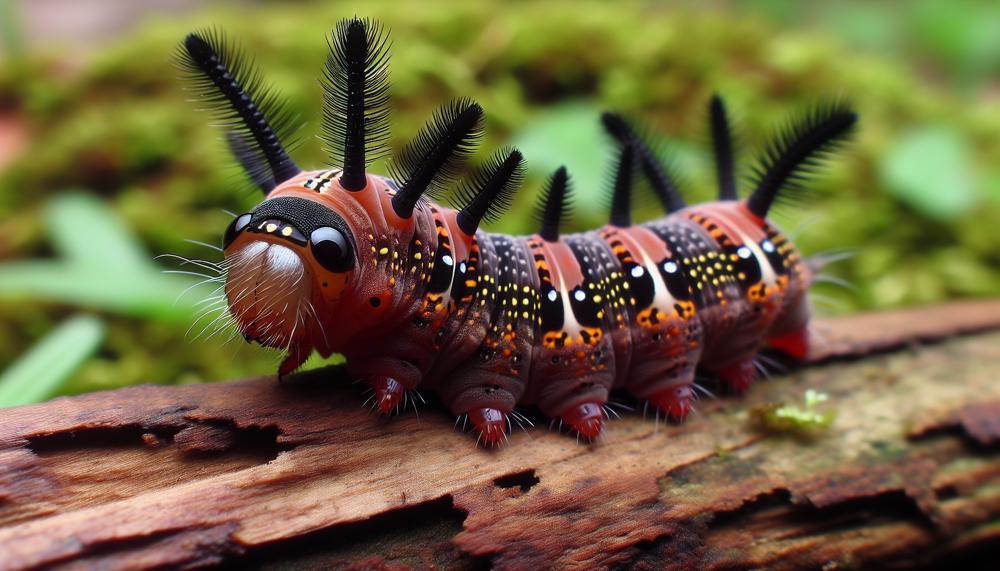If you’ve stumbled upon our little corner of the internet, chances are you’re dealing with some uninvited reptilian guests that have taken a shine to your outdoor space. Skinks, while fascinating creatures in their own right, can be quite the surprise when they decide to make your porch their home away from home.
Now, you might be asking yourself, “How do I encourage these scaly squatters to move along?” Fear not, because you’re about to dive into a treasure trove of tips and tricks designed to reclaim your porch from the clutches of these slick visitors.
In this comprehensive guide, we’ll explore:
- The reasons your porch might be attracting these reptiles.
- Humane and effective methods to make your porch less inviting to them.
- DIY solutions to send skinks on their way without harm.
- When and how to seek professional assistance if your skink situation is a bit more stubborn.
So, grab your favorite beverage, settle in, and let’s get started on transforming your porch back into the peaceful haven it was always meant to be—free of skinks and full of relaxation.
Table of Contents
Identify Skinks
To determine whether you’ve got skinks or other lizards scurrying around your porch, you’ll want to look out for a few tell-tale characteristics:
Distinctive Features of Skinks:
- Bright Colors: Skinks often boast vibrant hues that can catch the eye. Their coloration can be a strong indicator, though it varies among species.
- Small Legs: Compared to other lizards, skinks have notably diminutive limbs. They may sometimes appear snake-like due to these short legs.
- Smooth Scales: A skink’s scales are sleek and shiny, giving them a streamlined appearance.
Comparing Skinks with Other Reptiles:
| Feature | Skinks | Other Lizards/Reptiles |
| Leg Size | Small, underdeveloped | Longer, more prominent |
| Body Shape | Streamlined, often elongated | Varies, less snake-like |
| Scale Texture | Smooth and shiny | Can be rough or spiny |
| Movement | Sinuous, can be mistaken for a snake | Typically more jerky or abrupt |
Get Rid of Food Sources
To banish the food sources for skinks from your porch, embark on a no-nonsense campaign to deprive these fleet-footed lizards of their grub. Here’s the skinny:

| Action | Description | Frequency |
|---|---|---|
| Clean Up | Remove food remnants and spills | Daily |
| Bin Management | Seal refuse in lidded bins | As needed |
| Pruning | Keep greenery trimmed back | Seasonally |
| Sealing Gaps | Use caulk or weatherstripping | Annually |
Don’t Roll Out the Welcome Mat:
Finally, don’t invite these critters back:
- Water Wisdom: Remove standing water sources.
- Feed Pets Indoors: Open pet food is a skink’s dinner invitation.
- Lighting: Consider motion-sensor or yellow bug lights to reduce insect attraction at night.
By following these steps with a bit of elbow grease, your porch will no longer be a skink’s smorgasbord.
Turn Lights Off
Flipping the switch to ‘off’ could be your best bet in shooing away skinks from your porch. These critters are drawn to the warmth and shelter that a well-lit porch offers, especially when the sun dips and the evening cool sets in. By turning off the lights, you’re snuffing out the beacon that attracts these unwelcome guests.
Here’s why it’s effective:
- Invisible Ink: Skinks are like moths; they can’t resist a bright spot. A dark porch is as good as invisible to these scaly sojourners.
- Cold Shoulder: Lights give off heat. No lights, no cosy warmth, no skinks.
- Party’s Over: A lit porch might as well be a neon ‘OPEN’ sign for bugs, which are skink snacks. No lights mean fewer bugs and, subsequently, fewer skinks.
Tactics Beyond the Switch
| Action | Benefit | Hint |
|---|---|---|
| Clean Sweep | Reduces hiding spots | Keep it tidy; skinks love clutter. |
| Seal the Deal | Blocks entry points | Check for cracks and crevices. |
| Feathered Foes | Uses natural skink repellents | Hang bird feathers to spook ’em. |
A stitch in time saves nine, and a porch without lights might just save you from a skink invasion. Keep it dark, keep it tidy, and those skinks will surely seek shelter elsewhere.
Block Any Water Sources
To keep skinks at bay, it’s key to cut off their access to water around your porch. Here’s how you can do just that:
Seal the Deal:
First up, inspect your porch and its surroundings for any leaks or standing water.
Patch up any drippy faucets, hoses, or pipes. A dry porch equals a skink-free zone.
Drainage Directives:
Make sure your landscaping plays ball by directing water away from the porch.
Adjust sprinklers to avoid splashing the area and consider installing gutters if you haven’t already. Downspouts should lead water well away from the porch foundations.
Water-wise Plants:
Choose your greenery wisely. Opt for plants that don’t need much water or are drought-resistant. This cuts down the local water buffet for the skinks.
Keep it Clean:
A tidy porch isn’t just pleasing to the eye. It’s also less inviting for skinks searching for a sip. Regular sweeping and removing any water containers will keep your porch more on the dry side.
With these steps, you’ll be making your porch a desert as far as skinks are concerned, sending them packing to look for a wetter welcome mat elsewhere.
Clean up Your Porch
To ward off skinks from your porch, a strategic approach combining cleanliness, deterrence, and maintenance is key. Here’s how to keep these sleek visitors at bay:
- Maintain and Declutter: First off, a tidy porch is a skink-free porch. Ensure your outdoor haven is free from clutter where skinks could lurk. This includes raking leaves, clearing debris, and organising any tools or outdoor equipment properly.
- Seal Entrances: Skinks slip through the tiniest of gaps. Inspect your porch for any openings – under doors, around windows, or in the foundation – and seal them up. Weather stripping and caulk are your allies here.
- Eliminate Food and Water Sources: Skinks come scavenging for food and water. Make sure there’s nothing on the menu by removing stagnant water and ensuring there are no edible plants too close to the porch. Also, consider redirecting drainage away from the area to keep it dry.
- Natural Repellents: Mother Nature’s got your back. Hanging bird feathers around the porch can deter skinks – they instinctively avoid predators. Moreover, sprinkling essential oils, like citronella and eucalyptus, not only keeps your porch smelling fresh but also repels skinks.
- Ultrasonic Devices: Technology lends a hand with ultrasonic repellents. These gadgets emit high-frequency sound waves inaudible to humans but bothersome to skinks, encouraging them to stay away.
- Regular Cleaning: Lastly, a well-kept porch is your best defence. A routine cleaning schedule that includes sweeping and washing down the area will make your porch less appealing to skinks.
Get a Cat or Other Natural Predator
Skinks, those slinky visitors to your porch, can be deterred with a bit of predator persuasion. Cats, renowned for their hunting prowess, sit atop the list. These furry companions double as efficient skink-scatterers.
However, don’t overlook our feathered friends; birds, especially larger species, can swoop in and help control your skink situation.
Introducing Cats and Birds
| Predator | Introduction Method | Safety Measures |
| Cats | Adopt a feline friend; ensure it has access to the porch area. | Keep the cat healthy with regular vet visits, vaccinations, and ensure it’s neutered or spayed. |
| Birds | Install bird feeders or nesting boxes to attract them to your yard. | Place feeders high enough to keep birds safe from ground predators. |
Safeguarding Your Space
While cats and birds can help keep those skinks at bay, remember to maintain your porch’s cleanliness. Skinks love to snoop around in clutter. So, keep things shipshape, and you’ll make your space less inviting to these reptilian guests.
Also, mind the gap. Seal any nooks and crannies to prevent skinks from sneaking in.
A Natural Repellent Bonus
And, if you fancy a bit of DIY, blend up some citronella or eucalyptus oil with water for a homemade skink spray.
It’s a natural repellent that’ll make your porch smell pleasant to boot.
Bird Feathers as a Scare Tactic
Don’t forget to hang a few bird feathers around, low to the ground. It’s like saying, “Danger, keep out.” in skink language. They’ll think twice before crossing that feathery line.
Conclusion
In conclusion, reclaiming your porch from skinks is a multi-faceted endeavor, rooted in prevention, deterrence, and maintenance. To summarize our in-depth guide:
- Identification: Recognize skinks by their distinct characteristics, such as small legs and bright colors, and differentiate them from other reptiles.
- Eliminate Food Sources: Keep the porch clean, manage waste properly, and prune nearby vegetation to remove insect havens.
- Reduce Attractants: Dim porch lights to discourage insects (skink food), and consider using motion-sensor or yellow bug lights.
- Water Source Control: Repair leaks, improve drainage, and choose drought-resistant plants to minimize moisture that attracts skinks.
- Cleanliness and Exclusion: Maintain a clutter-free porch, seal entry points with caulk or weather stripping, and employ natural repellents like bird feathers to discourage skinks.
By following these steps, you’ll create an environment that’s less inviting to these reptilian guests. If skinks persist, seeking professional assistance may be the best course of action. Remember, the goal is to deter skinks humanely, preserving the peace of your outdoor oasis while respecting the role these creatures play in our ecosystem.

